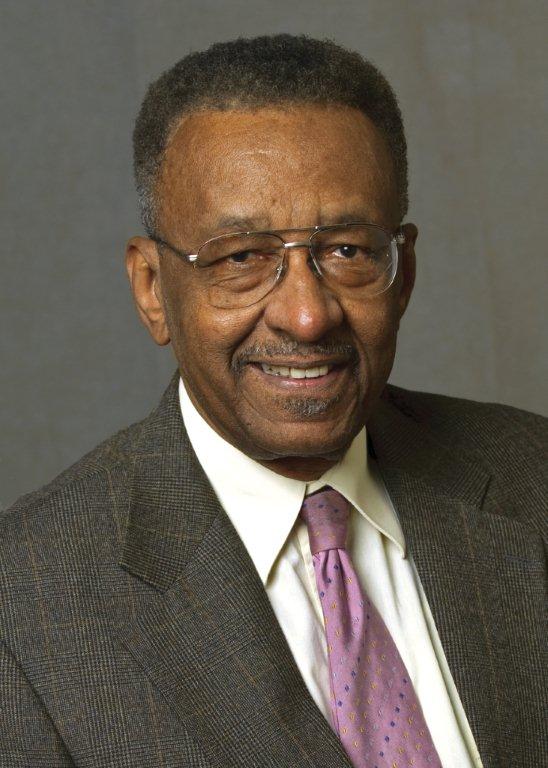Racial preferences, quotas and affirmative action in university admission practices have lost political and, increasingly, legal support.
As a result, states such as California, Texas and Florida have implemented a substitute practice called “percentage plans” as a means for determining who will be admitted to their flagship universities. In Texas, students in the top 10 percent of their high school class, based on grade point averages (GPA) alone – not SAT scores – are guaranteed admission. In California, it’s soon to be 12.5 percent, and Florida it’s 20 percent. The percentage plan applies to all high schools, whether it’s a school where a student with an A average might achieve a 1300 or 1400 score on the SAT, or a school where A students might not be able to achieve an 800 or 900 SAT score.
Let’s ignore the inequities and resources misallocation that arises from the possibility that a B student at one school who might achieve a SAT score of 1100 is denied admission while his A-average counterpart at another school can’t score 900 is admitted. Instead, let’s ask whether the policy serves the best interests of black students.
From the evidence that I see, civil-rights leaders, white liberals and college administrators seem to be more concerned with black student enrollment rates and the heck with whether they graduate. Black students are simply tools to keep government agencies, black politicians and civil-rights organizations off their backs or to make them feel good.
You say, “What’s the evidence, Williams?” Nationally, only 35 percent of black freshmen, compared to 60 percent of white freshmen, graduate; moreover, those who do graduate have grade point averages considerably lower than their white peers. I might add that the white graduation rate is nothing to write home about.
University of San Diego law professor Gail Heriot sheds a bit of light on this issue in her article “The Politics of Admissions in California” in the Fall 2001 issue of Academic Questions. California’s Proposition 209 ended racial admissions quotas. As a result, minority student admissions at UC Berkeley, California’s flagship university, fell.
What went unnoticed in all the hand-wringing was that at less prestigious, but respectable, California universities minority enrollment posted impressive gains. Black students were simply being admitted to universities where their academic credentials were more in line with their fellow students. For example, at UC San Diego, in the year before Proposition 209’s implementation, only one black freshman had a GPA of 3.5 or better – a single black honor student in a class of 3,268 – in contrast to 20 percent of white students with a 3.5 GPA.
Was this because there were no black students capable of doing honors work at UC San Diego? Certainly not. Those who might have been on the honors list at UC San Diego had been recruited, and became failures, at California’s flagship universities: Berkeley, and UCLA. Proposition 209 has changed UC San Diego; no longer are black honor students a rarity. In 1998, a full 20 percent of black freshman could boast of a 3.5 GPA.
Black students, and for that matter any student, will perform better, have greater graduation chances – not to mention greater pride and self-worth – by attending a university where his skills are closer to that of his peers. It’s somewhat analogous to putting a young, inexperienced boxer in the ring with Lennox Lewis. That boxer might have the potential to be a world champion, but he’s going to have his brains beaten and his career ended before he learns how to even bob and weave.
You say, “But what about diversity and multiculturalism at the nation’s elite universities?” In my book, that’s their problem.
